Bulldozers Destroy Priceless Memot Cambodia Archaeological Site
Memot, Cambodia – A 2500 year old archaeological site was unexpectedly destroyed in Cambodia last week. An archaeologist who rushed to the scene was shocked to discover heavy equipment still leveling the land, apparently to create temporary housing for a nearby company. Story by Kent Davis
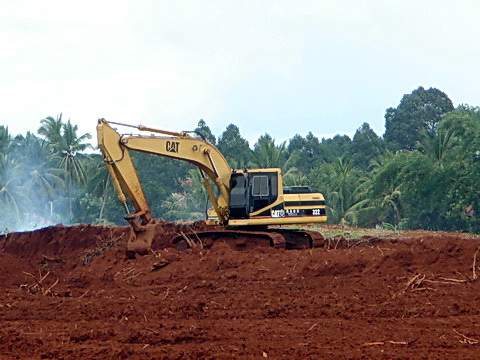
Memot, Cambodia — The rural Memot area in southeastern Cambodia has proven itself as one of the richest sources of information about the country’s pre-historic development. Ancestors of the primitive people who once lived there later became part of the Khmer Empire. The Khmer, one of the world’s most advanced artistic civilizations, grew to rule most of Southeast Asia only 1500 years after the Memot villages formed.
On Tuesday, September 2, a colleague in the Memot area placed an urgent call to archaeologist Heng Sophady to report the destruction of an ancient village site. Mr Heng rushed to the site, located in Samrong Village and called the Samrong Circular Earthwork.
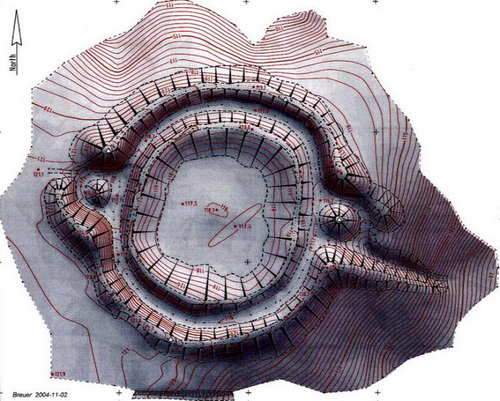
While historical research in Memot goes back more than 50 years, this site had only been discovered in an aerial photo in 1997 by Waseda University professor Yasushi Kojo.
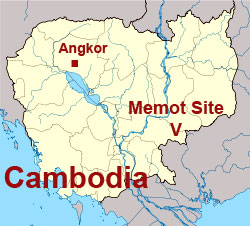
Work in the Memot area began in 1959 with French archaeologist Louis Malleret, who described a series of 17 circular earthworks. These mounds represented the sites of early villages.
The first local excavation was begun in 1962 by Bernard Philippe Groslier who coined the name “Mimotien” for the previously unknown civilization. Now 36 massive prehistoric villages have been discovered in Cambodia. Radiocarbon dating and fragments of glass beads found at one site indicate an original settlement date close to 1000 BC.
Irreplaceable History Destroyed for Temporary Housing?
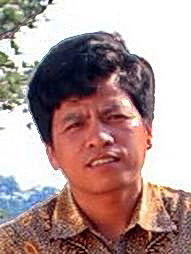
As Mr Heng reports, “After, receiving this frightening information, I immediately informed top people in the Ministry of Culture, I phoned the Heritage police and the head of Culture and Fine Arts for Memot District, asking them for intervention to stop the activity. Unfortunately, the damage happened so fast that there was no time for authorities to react.
“Today, I went to Memot very early in the morning… to check what happened there. I arrived at the site around 1PM. I was completely shocked when I saw the site completely destroyed.
“All rubber trees were cut down, the ground was smooth including the wall of the earthwork, the moat filled full by the soil from the earthen wall. I can’t do anything at that time, besides looking and taking pictures of the bulldozer and excavator moving and excavating the earthen wall of the site.
“The site is completely destroyed. [There is] no earthwork anymore in that place.”
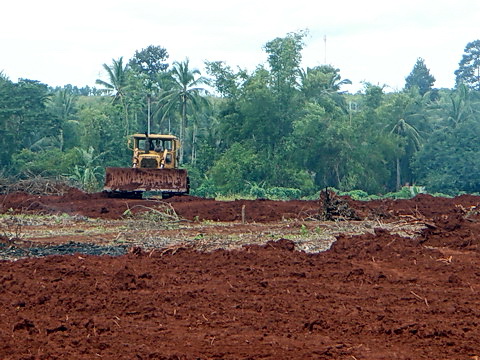
When Mr Heng asked workers what was happening he was told that the Memot Rubber Plantation was cutting rubber trees and smoothing ground to build a new village for their workers.
The Memot Rubber company website shows a variety of enterprises in addition to the rubber operations including a biogas project, a “Five Star resort” project identified as “Four Points By Sheraton Angkor” and the “TTY Resort” on Koh Kôn Island near Sihanoukville.
It is unclear at this time who ordered the clearing to take place. Mr Heng confirmed that the Ministry of Culture was not informed about their development plans in the Samrong area. He has submitted a full report of the damage directly to the Minister in preparation for a meeting next week.
“This is really a big catastrophe for protection and conservation of archaeological sites in Cambodia ” said Mr Heng, who pleaded for help from others interested in preserving Cambodia’s precious heritage assets.
“Otherwise,” Mr Heng grimly concluded “many other sites will be destroyed in the future.”
UPDATE JULY 4, 2013
5000 Year old Pyramid Leveled in Peru for Real Estate Project
As this article shows, ancient sites can be destroyed anywhere in the world. While the Cambodian destruction appeared to be accidental, and authorities were quick to respond, the incident in Peru is truly reckless and shocking.
ABOUT the MEMOT CENTRE for ARCHAEOLOGY
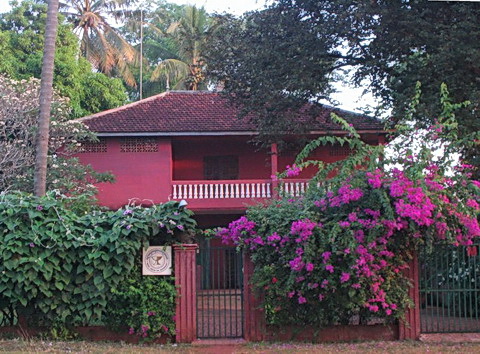
The Memot Centre of Archaeology (including the Memot Museum) is situated in Kampong Cham province in the Memot district’s red soil area, which is rich in historic and prehistoric sites. It is a non-profit research unit of the Department of Archaeology and Prehistory of the Ministry of Culture and Fine Arts.
Originally founded in 1999 by HE Chuch Phoeurn (Ministry of Fine Arts, Cambodia) and Dr. Gerd Albrecht (DAAD – The German Academic Exchange Service) with cooperation from the Heinrich Böll Foundation, the University of Tübingen and the German Embassy in Phnom Penh.
This worthwhile center faced severe financial problems when support from these institutions ended and it now receives funding from Friends of Khmer Culture (FOKCI).
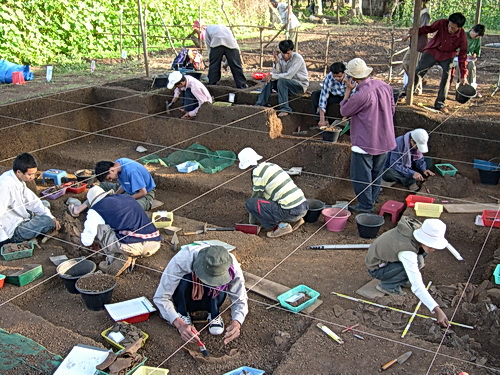
Since its inception, the Memot Centre for Archaeology has aimed to educate independent Cambodian scholars in the field of archaeology and prehistory, with an emphasis on both research and basic education for local and non-local public. Trained in the techniques of excavation, making site plans, and procedures of analysis and treatment, the young scholars of the Memot Center contribute to an understanding of the Cambodian heritage.
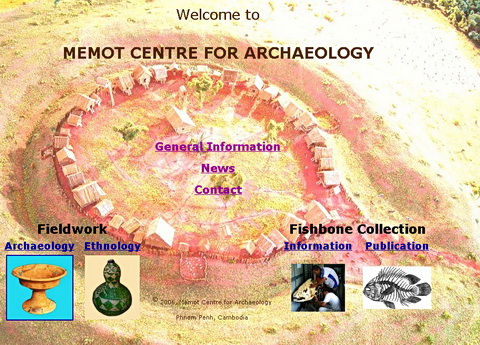
March 2007 – New Iron Age Cemetery discovered, immediately looted
OTHER REFERENCES
Gerd Albrecht et al. (2000). “Circular Earthwork Krek 52/62 Recent Research on the Prehistory of Cambodia“. Asian Perspectives 39 (1-2) [Reference to MUSE “access restricted” article]
Thuy, Chanthourn. “Preliminary Study of the Memotian Culture“. Siksacakr – Issue No5. Center for Khmer Studies. Retrieved 2009-02-04. [PDF Download]
Dega, Michael F., “Circular Settlements Within Eastern Cambodia“. Indo-Pacific Prehistory Assoc. Bulletin 18, 1999. [PDF Download 300k]
